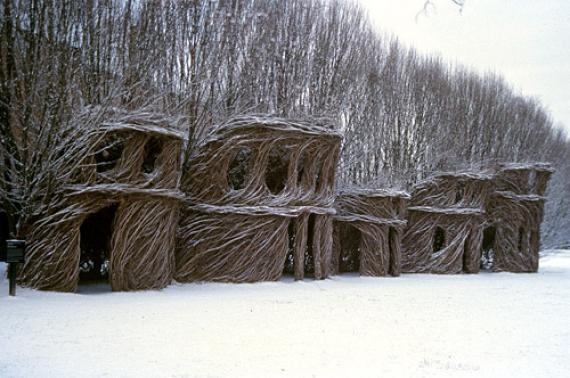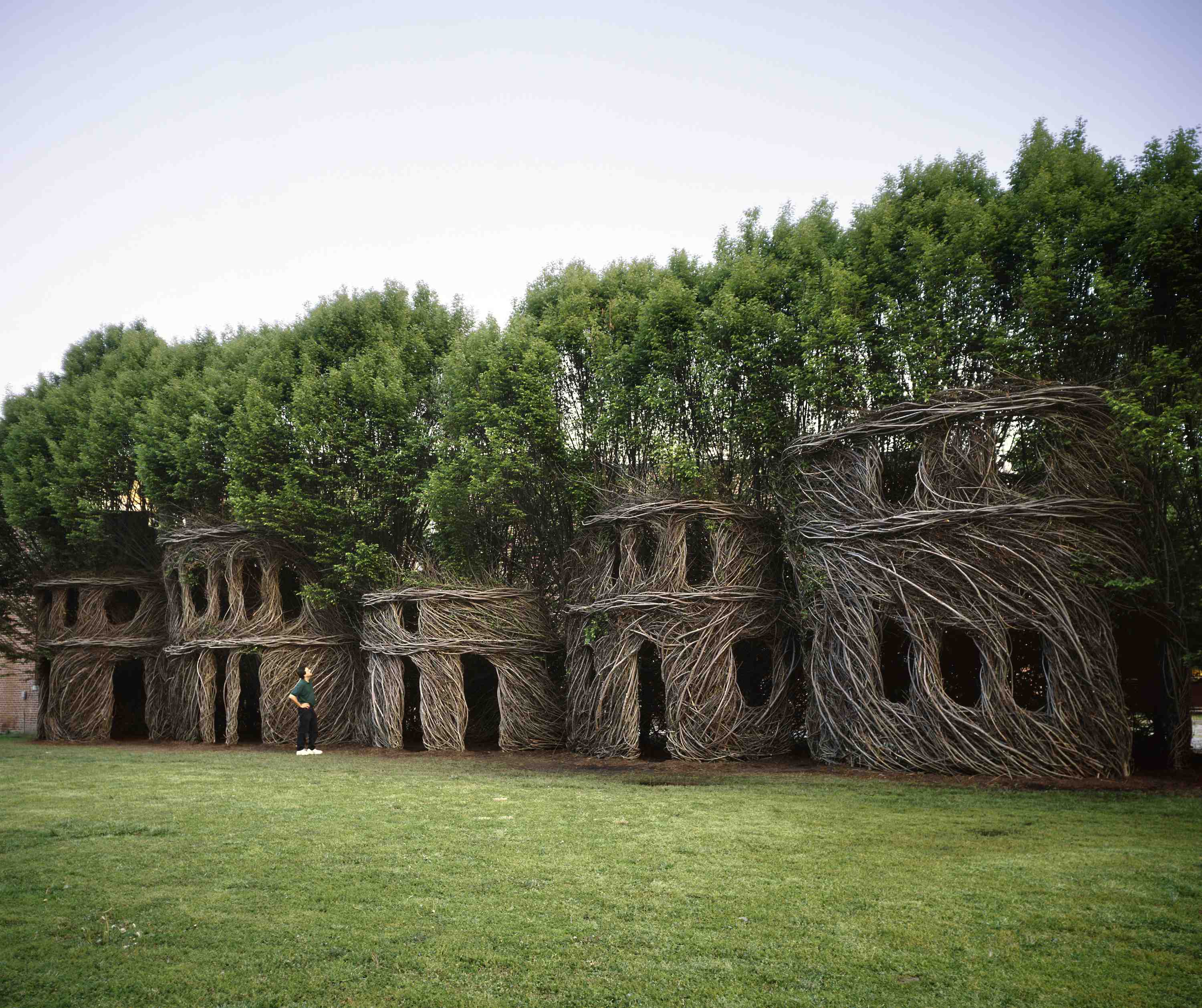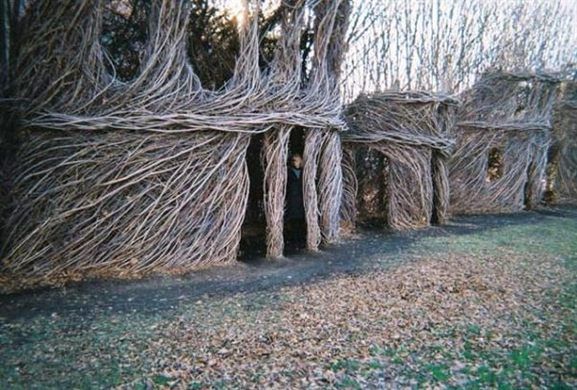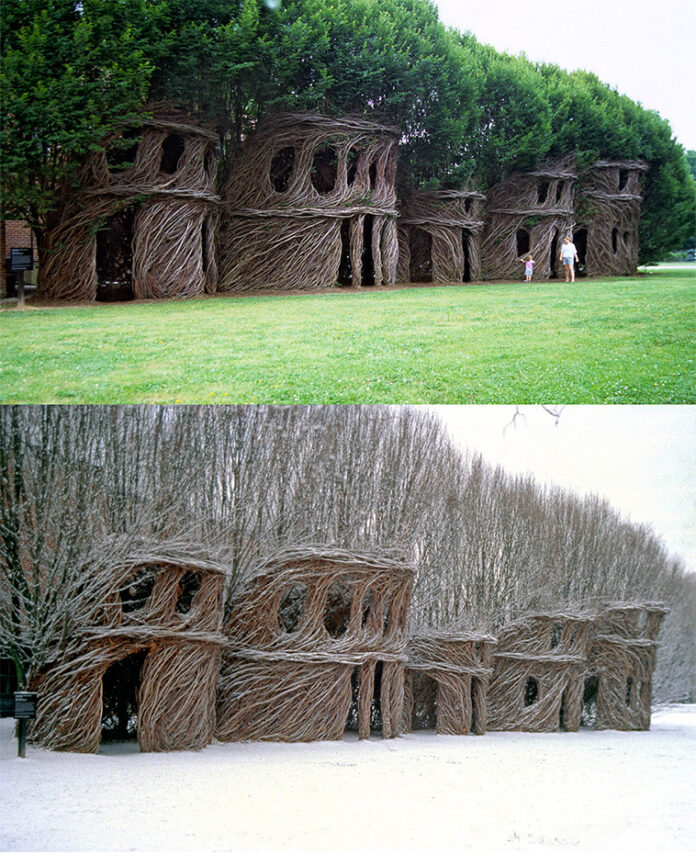Patrick Dougherty is an extraordinary artist who has redefined the concept of sculpture by using a unique and living medium—trees. Over the years, Dougherty has created more than 200 site-specific sculptures around the world, each one a testament to his ability to weave growing saplings into mesmerizing forms. His works have captivated audiences and earned him a place in the world of contemporary art, particularly with his signature human-sized nest houses and other natural installations. This article delves into the creative genius behind Dougherty’s work, focusing on one of his notable pieces created at the University of Southern Indiana.
The Art of Weaving Nature

Dougherty’s approach to art is deeply rooted in nature, both literally and figuratively. His large installation pieces are crafted using living trees, which he weaves into various forms such as huts, cocoons, giant water pitchers, and even representations of the human form. The process involves wrapping saplings around a branch substructure, creating swirling, naturally curved abstract sculptures that often soar between 20 to 40 feet in the air. The types of trees he uses vary, but some of his favorites include pussy willow, birch, aspen, and maple.

In 2015, Dougherty’s work gained significant recognition when several of his Nest Houses were included in exhibitions at the newly-renovated Renwick Gallery in Washington, D.C. These human-sized creations, along with his other installations, showcase his ability to transform simple saplings into complex and beautiful structures that invite viewers to explore and interact with the space around them.
A Unique Installation at the University of Southern Indiana

One of Dougherty’s most intriguing installations was built at the University of Southern Indiana. This particular piece was a row of attached huts, complete with doors and windows, allowing visitors to enter and explore the intricate designs. The saplings used in this installation were harvested by Dougherty himself, along with the help of student volunteers. Together, they crafted a stunning piece that not only reflected the artist’s vision but also involved the community in its creation.

Unfortunately, the very nature of Dougherty’s medium—living trees—means that his works are not permanent. Over time, his installations decompose, returning to the earth from which they came. The piece at the University of Southern Indiana is no longer standing, a reminder of the ephemeral beauty of nature and the transient nature of Dougherty’s art.
Conclusion
Patrick Dougherty’s art is a celebration of nature’s beauty and an exploration of the relationship between humans and the natural world. His ability to create large-scale, site-specific sculptures using living trees is a testament to his creativity and vision. While his installations may not last forever, their impact on those who experience them is enduring. Dougherty’s work invites us to see the natural world in a new light, encouraging us to appreciate the fleeting beauty of life and the art that emerges from it.
